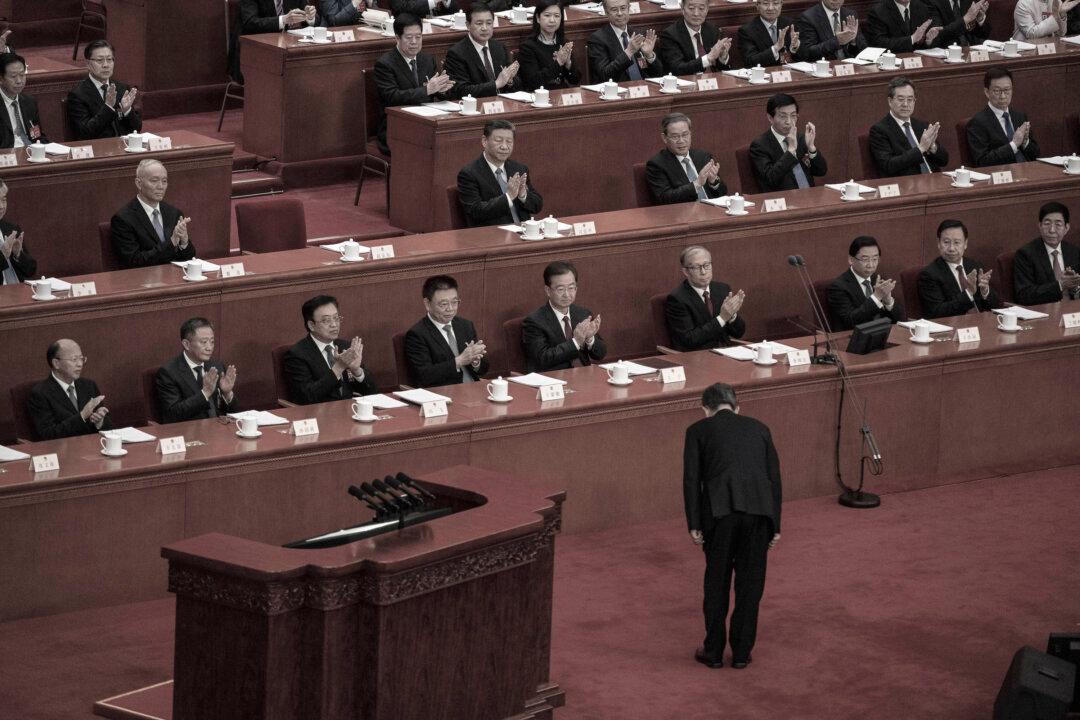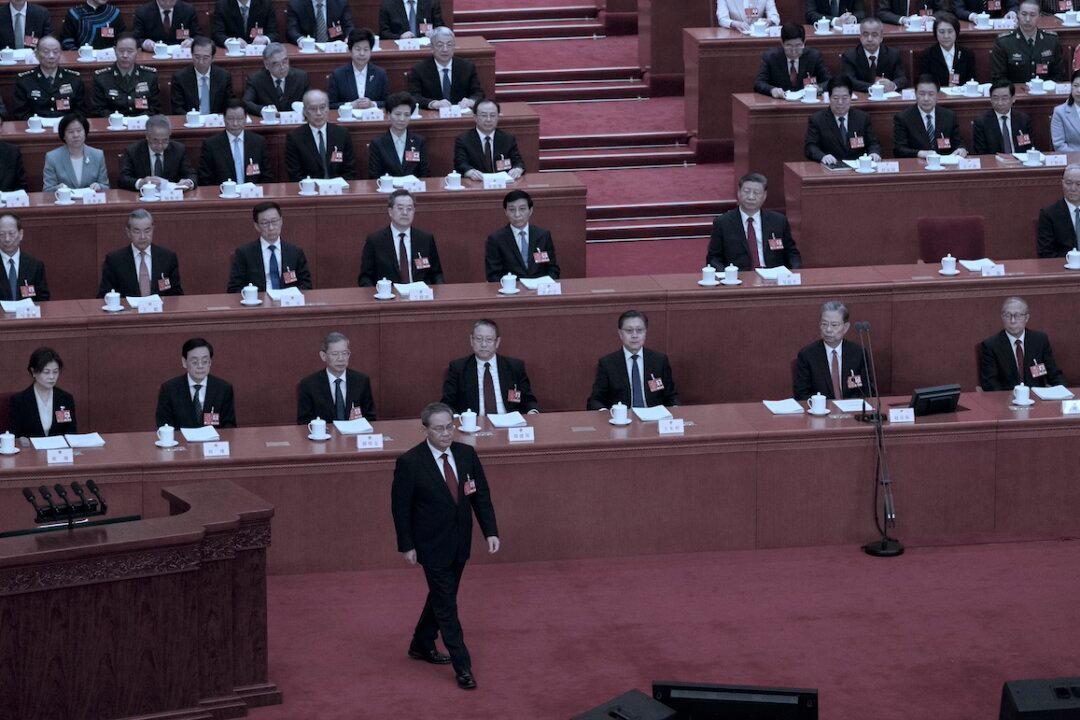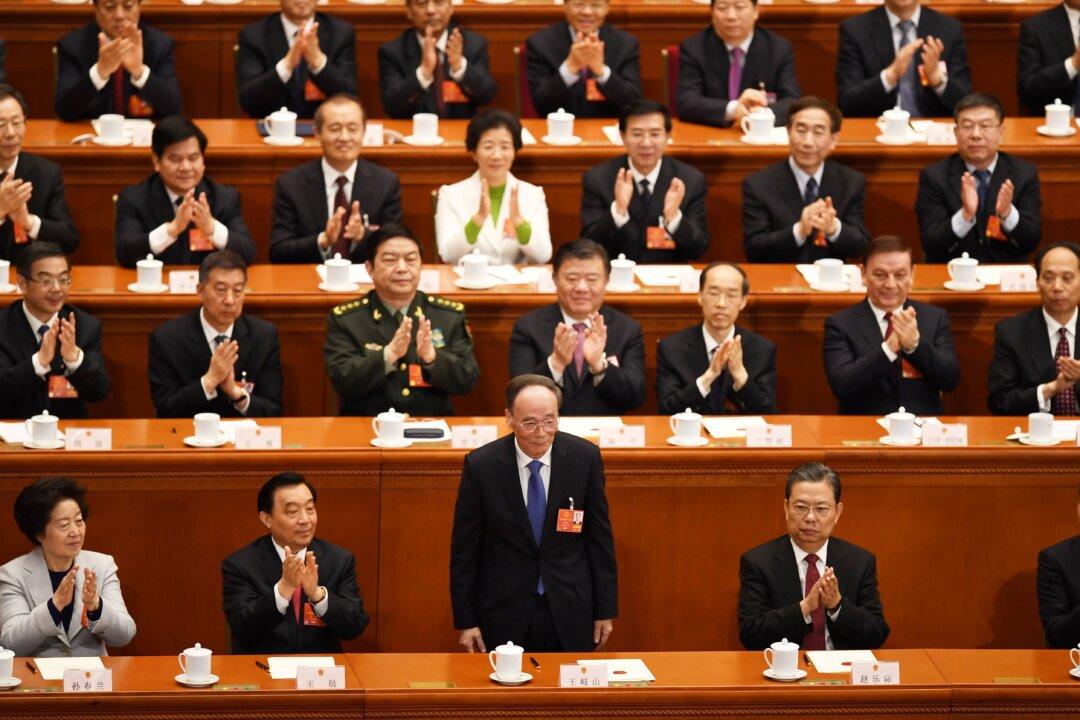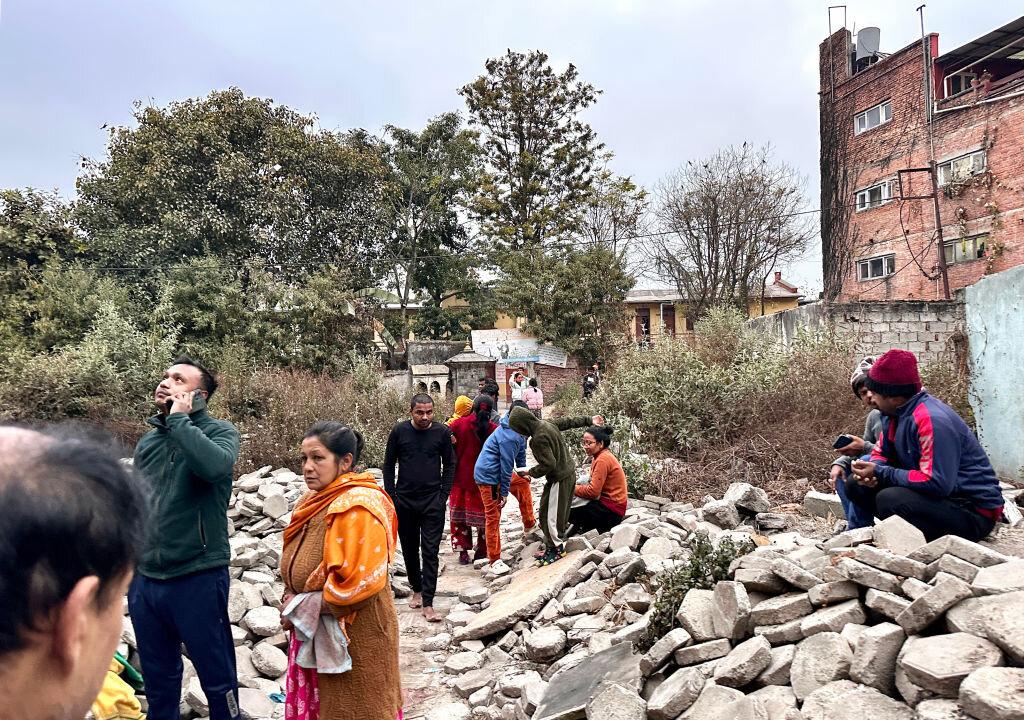Chinese leaders have required strict COVID-19 testing for themselves during the Two Sessions and visits from former foreign leaders. This is in contrast to ordinary citizens who spoke to The Epoch Times and said they were not even offered a COVID-19 test despite showing multiple symptoms.
On April 1, when Taiwan’s former president Ma Ying-jeou arrived in China for a visit, the reporters accompanying him were required to take four COVID-19 PCR tests by April 10, including two immediately prior to his meetings with Chinese leader Xi Jinping.





